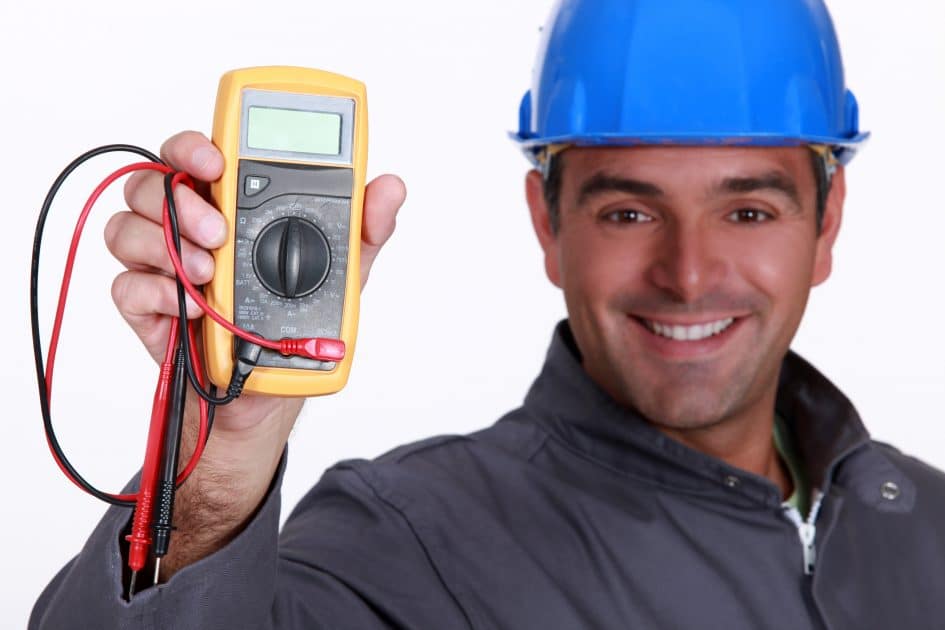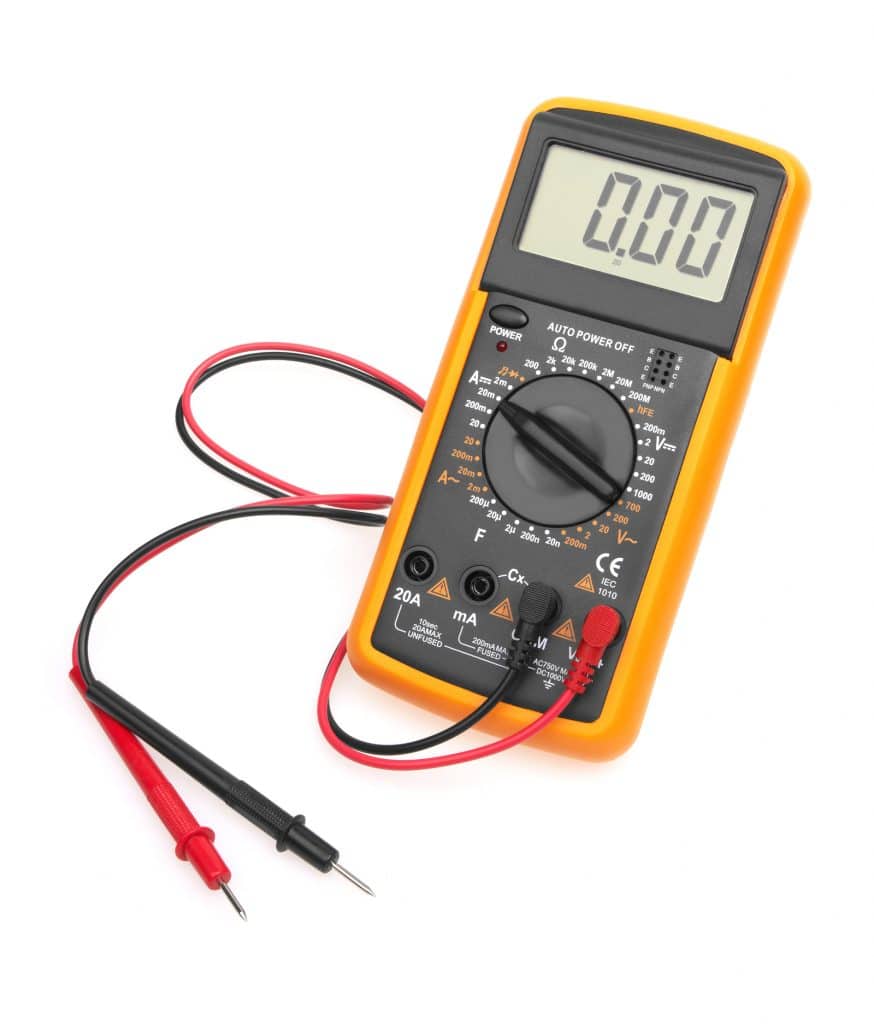

The Best Way to Test Underground Dog Fences
Testing an underground fence is fairly simple, and requires an ohmmeter. This article will describe the entire process of testing a dog fence underground.
An underground dog fence comes with a collar that you are supposed to attach to your dog. The fence then produces electrical signals that interact with this collar. The fence current causes the animal collar to produce a small electrical charge, which serves as a warning for the dog to move away from the area. An underground dog fence uses a baseline unit alongside a looping wire. Hence, if you want to test an underground fence, the easiest way to do it is through an ohmmeter.

Using Ohmmeter to Test Underground Dog Fence
Ohmmeters are instruments used to measure electrical resistance, which is expressed as ohms.
Step 1
Set your ohmmeter to measure continuity. The ohmmeter settings will depend upon its brand. Anyhow, make sure to select the ohmmeter to ‘ohms’, by activating the option that you find next to an upside-down ‘U’ symbol.
Step 2
The next step is disconnecting the wire linking the base unit to the underground area. After that, the connections need to only screw inside the base.
Step 3
Connect one end of your wire to one terminal, and connect the other end with the other terminal. Since the line possesses continuity, if you see the needle jumping to the right side of the ohmmeter displaying a non-numerical display or a measurement, you can be assured that your wire is functioning and intact. However, if no reading is displayed, this indicates a wire break somewhere along the line.
Step 4
Now, you need to switch your ohmmeter to Volts-Alternating Current (VAC). If you have a fence that plugs into the wall, set the intensity at 50 or 10. However, if a battery operates your fence, you need to switch the settings to Volts-Direct Current (VDC), and set the intensity at 50 or 10.
Step 5
Finally, turn your fence on. Ensure that the screw present at one wire end touches one terminal while the screw present at the other end is touching the other terminal. If you have a plug-in fence, you should get a reading of approximately 110 volts. For a battery-operated model, the reading should be close to 12 volts. If you do not get a reading at all, this might indicate that the unit is malfunctioning.
Final Word
Testing your underground dog fence is essential to ensure that the fence is functioning the way it should. We hope that the steps discussed in this brief guide helped simplify the testing process for you.
Discover how to create a joyful, healthy home for your pet.
Subscribe to your weekly rundown of practice, real life ideas and training tips straight to your inbox.


